Dzhurin
Dzhurin, 2012
Vinnitsa Region
Dzhurin (old names Churilov, Churintsy, Dzhurilov) - Village Shargorod district Vinnytsia region, until 1923, Yampol district town of Podolsk province.
In 1765, in Dzhurin were 35 Jewish houses inhabited by 84 people, all assigned to the community Murafa. According to the census in 1775 in the town were the Jews: 65 men, 69 women, 14 boys, 10 girls, and in addition to the family members of homeowners two men servants.
In 1852, in the town there were 26 Jewish artisans selling their products together for 350 rubles a year. In 1853, the community Dzhurin contained synagogue and "school prayer" (1004 parishioner), rabbi of the community was R. Meir Gleyts. In 1863, the provincial authorities, comply with the law limiting the number of synagogues and Jewish "schools of prayer" (for every 30 Jewish houses were supposed to no more than one "school of prayer", and for each 80-not a single synagogue), one of them tried to close .
In 1871, in the village had a total of 292 homes in 1221 belonged to a resident of the trading estate (mostly Jews) and 1454 - to the village. In 1889, the Jewish community, which numbered 1,320 people, still contained two synagogues, and in the beginning of XX century. - three. By occupation among a significant proportion of Jews were craftsmen, many Jews worked in sugar production (built in the 1880s.) And brick (built in the early XX century.) Plants. Jews owned all (more than thirty) shops, pharmacies and warehouses, inns (town stood at the post road Mogilev - Bratslav). Jewish doctor in charge of the hospital at the sugar refining plant.
In 1765, in Dzhurin were 35 Jewish houses inhabited by 84 people, all assigned to the community Murafa. According to the census in 1775 in the town were the Jews: 65 men, 69 women, 14 boys, 10 girls, and in addition to the family members of homeowners two men servants.
In 1852, in the town there were 26 Jewish artisans selling their products together for 350 rubles a year. In 1853, the community Dzhurin contained synagogue and "school prayer" (1004 parishioner), rabbi of the community was R. Meir Gleyts. In 1863, the provincial authorities, comply with the law limiting the number of synagogues and Jewish "schools of prayer" (for every 30 Jewish houses were supposed to no more than one "school of prayer", and for each 80-not a single synagogue), one of them tried to close .
In 1871, in the village had a total of 292 homes in 1221 belonged to a resident of the trading estate (mostly Jews) and 1454 - to the village. In 1889, the Jewish community, which numbered 1,320 people, still contained two synagogues, and in the beginning of XX century. - three. By occupation among a significant proportion of Jews were craftsmen, many Jews worked in sugar production (built in the 1880s.) And brick (built in the early XX century.) Plants. Jews owned all (more than thirty) shops, pharmacies and warehouses, inns (town stood at the post road Mogilev - Bratslav). Jewish doctor in charge of the hospital at the sugar refining plant.
During the Civil War Dzhurinskiy Jews were repeatedly subjected to pogroms. Thus, in July 1919, members of the army of the Directory took hostage a number of Jews, demanding a huge ransom for them. As a result, while uchinёnnogo pogrom killed about 40 people. In November 1919 Denikin's cavalry regiment subjected spot mayhem, leaving 18 killed, many wounded, 60 were raped, 3 houses, burnt together with the people, and another 50 set on fire and partially burnt houses. Dzhurin was one of the few places where the Ukrainian people tried to help Jews during the pogrom, arranged by the soldiers of the Volunteer Army.
Under Soviet rule in 1923 Dzhurin became a district center (before 1930). In 1924 here it was organized by the Jewish collective farm called "Union of Jewish farmers", which included 50 - 60 families, and in the mid-twenties - the Jewish village council. Since 1935 the farm began to enter and Ukrainian families.
At the beginning of the 1920s. Dzhurin was opened in Jewish primary school chetyrёhklassnaya, it was located close to seven years of Ukrainian school, opposite the post office. The school taught three or four teachers, its director was Leon Averbukh, a graduate of the Odessa Jewish Teachers' Institute.
Before World War II lived in Dzhurin 1027 Jews (19% of the total population).
Under Soviet rule in 1923 Dzhurin became a district center (before 1930). In 1924 here it was organized by the Jewish collective farm called "Union of Jewish farmers", which included 50 - 60 families, and in the mid-twenties - the Jewish village council. Since 1935 the farm began to enter and Ukrainian families.
At the beginning of the 1920s. Dzhurin was opened in Jewish primary school chetyrёhklassnaya, it was located close to seven years of Ukrainian school, opposite the post office. The school taught three or four teachers, its director was Leon Averbukh, a graduate of the Odessa Jewish Teachers' Institute.
Before World War II lived in Dzhurin 1027 Jews (19% of the total population).
In the early days of the war Dzhurin subjected to bombing, which resulted in wounded and killed about ten people, it was damaged by "small" synagogue. The peasants looted a warehouse in the town and shops.
German military unit entered the Dzhurin July 22, 1941 the Jews were ordered to designate their home a six-pointed star and wearing a special armband. The Rosh Hashanah (perhaps Yom Kippur) occupants with Ukrainian police officers broke into the "small" synagogue, and beat worshipers.
With the establishment of the regime of the Romanian occupation authorities in the town ghetto was established, located in a hill standing on Jewish homes. In Dzhurin were deported about three and a half thousand Jews from Bukovina, Romania (from Rădăuţi), as well as Hawtin and the neighboring towns of Bessarabia. Among the settlers was r.Baruh Gager of "Vizhnitsky" Dynasty Tzaddikim and his Hasidim. By order enjoyed unquestioned authority Rabbi Herschel Koralnika local Jews took deportees to their homes, and about a thousand people who do not have enough space to have settled in the building of the Great Synagogue in barns and warehouses.
Bukovina Jews, compares favorably with the local appearance, education, level of education, it was also much richer. About 120 families have been able to live outside the ghetto, giving bribes to the occupation authorities.
German military unit entered the Dzhurin July 22, 1941 the Jews were ordered to designate their home a six-pointed star and wearing a special armband. The Rosh Hashanah (perhaps Yom Kippur) occupants with Ukrainian police officers broke into the "small" synagogue, and beat worshipers.
With the establishment of the regime of the Romanian occupation authorities in the town ghetto was established, located in a hill standing on Jewish homes. In Dzhurin were deported about three and a half thousand Jews from Bukovina, Romania (from Rădăuţi), as well as Hawtin and the neighboring towns of Bessarabia. Among the settlers was r.Baruh Gager of "Vizhnitsky" Dynasty Tzaddikim and his Hasidim. By order enjoyed unquestioned authority Rabbi Herschel Koralnika local Jews took deportees to their homes, and about a thousand people who do not have enough space to have settled in the building of the Great Synagogue in barns and warehouses.
Bukovina Jews, compares favorably with the local appearance, education, level of education, it was also much richer. About 120 families have been able to live outside the ghetto, giving bribes to the occupation authorities.
The board of the ghetto was organized in the spring of 1942 included community leaders Rădăuţi. Chairman of the Board was appointed M. Rozenrauh, left a bad memories, his deputy M. Katz was the real leader of the ghetto. Council ghetto taxed, sometimes very high, all the proceeds of the Jews from the craft and trade, as well as all monies received from Romania. Was created Jewish police of 20 people, court, hospital, pharmacy, dining room for the poor, based r.Gagerom and orphanage for 50 orphans. Hospital doctors led among migrants, their skilled work will significantly reduce mortality from typhus epidemic among the ghetto prisoners - up to 400 people.
With the leadership of the ghetto could bribes to overturn many of further harassment and even deportation. Nevertheless, the Jews were used for forced labor in the village and road construction.
Between May and September 1943, four former students who worked at the hospital of the ghetto, produced a handwritten newspaper "Courier" in Romanian and German. When this became known to the occupation authorities, the council ordered the ghetto immediately stop its publication.
In 1943 Dzhurinskiy ghetto were about four thousand Jews, including about a thousand - local. During the war in Dzhurin killed about 500 people - the smallest number of victims among the ghetto in Transnistria. The Red Army liberated Dzhurin March 19, 1944
With the end of the war the Romanian Jews left Dzhurin, in the town there are several hundreds of local Jews. In 1946 Dzhurin for a while again become a regional center.
By the end of 1980. in the village among about five thousand of the population lived little more than ten Jewish families in 2012 - a few people.
V. Lukin, "100 Jewish settlements in Ukraine"
With the leadership of the ghetto could bribes to overturn many of further harassment and even deportation. Nevertheless, the Jews were used for forced labor in the village and road construction.
Between May and September 1943, four former students who worked at the hospital of the ghetto, produced a handwritten newspaper "Courier" in Romanian and German. When this became known to the occupation authorities, the council ordered the ghetto immediately stop its publication.
In 1943 Dzhurinskiy ghetto were about four thousand Jews, including about a thousand - local. During the war in Dzhurin killed about 500 people - the smallest number of victims among the ghetto in Transnistria. The Red Army liberated Dzhurin March 19, 1944
With the end of the war the Romanian Jews left Dzhurin, in the town there are several hundreds of local Jews. In 1946 Dzhurin for a while again become a regional center.
By the end of 1980. in the village among about five thousand of the population lived little more than ten Jewish families in 2012 - a few people.
V. Lukin, "100 Jewish settlements in Ukraine"
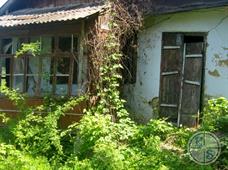 |
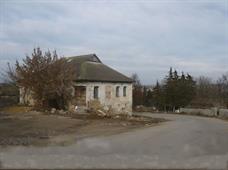 |
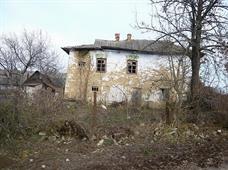 |
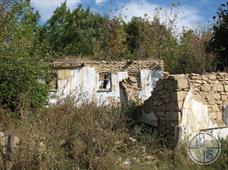 |
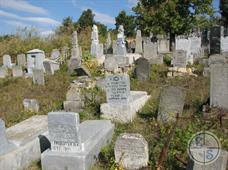 |
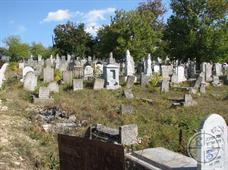 |
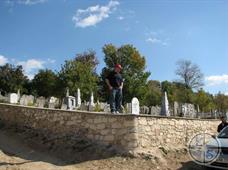 |
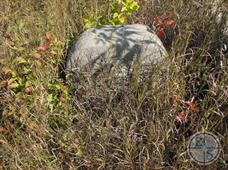 |
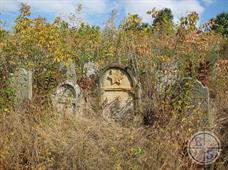 |
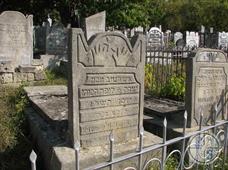 |
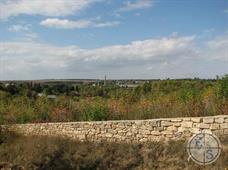 |
 |
| Star of David lying on its side | And it is not only lies, but also do not like the classic Magen David | The building of the synagogue, photo 1990s |
Note: This is an automatic translation of the original Russian-language version


My shtetl
My shtetl
Jewish towns of Ukraine
Jewish towns of Ukraine
You can leave a comment or add the article
After checking the moderator Your comment will be published
After checking the moderator Your comment will be published



Up

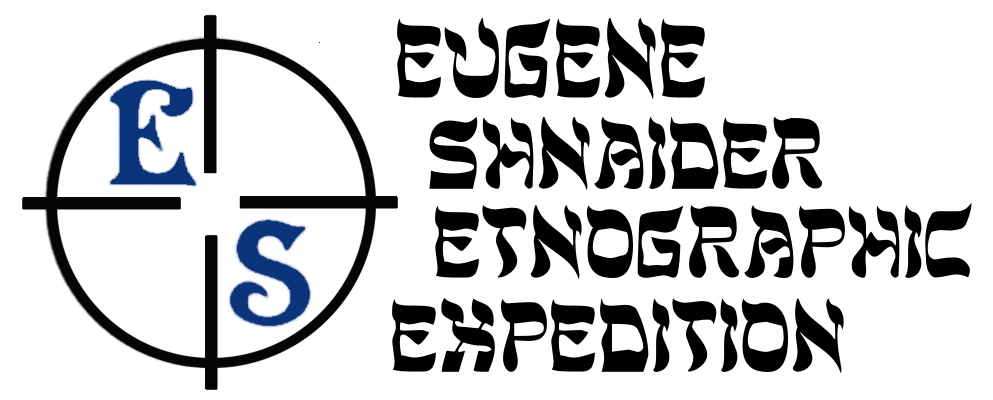
e-mail
password
I would prefer to publish as a guest



